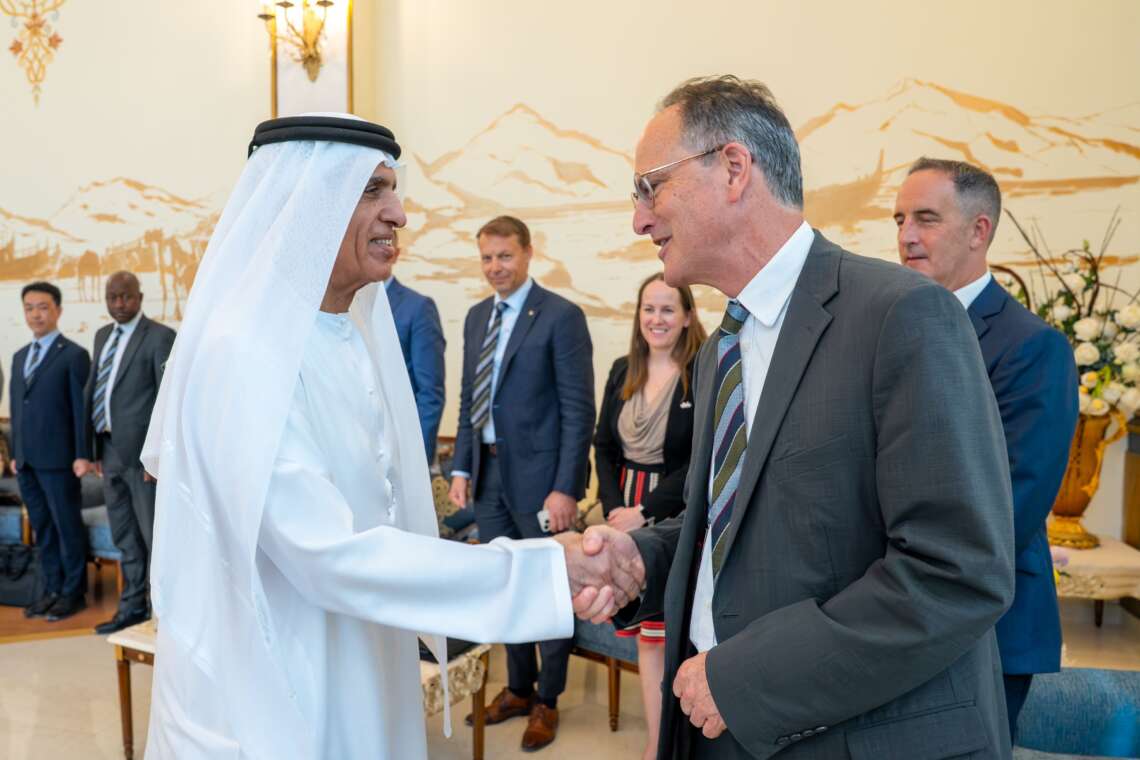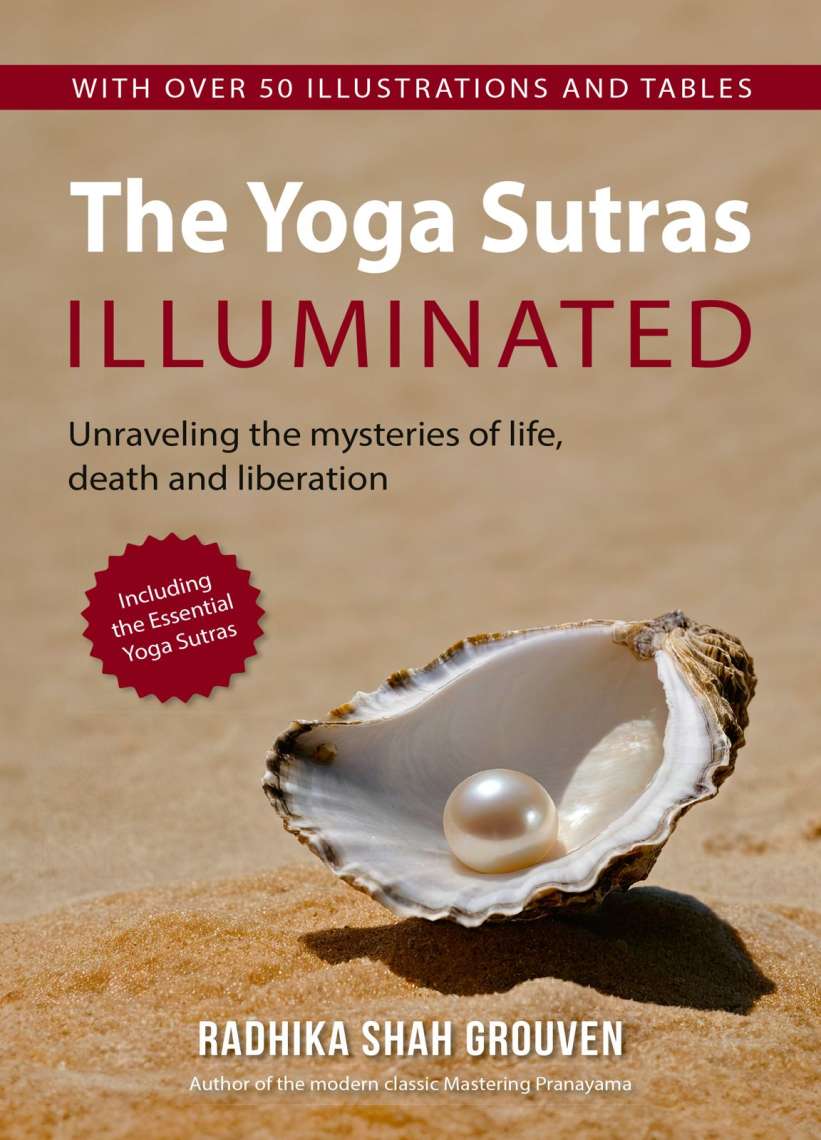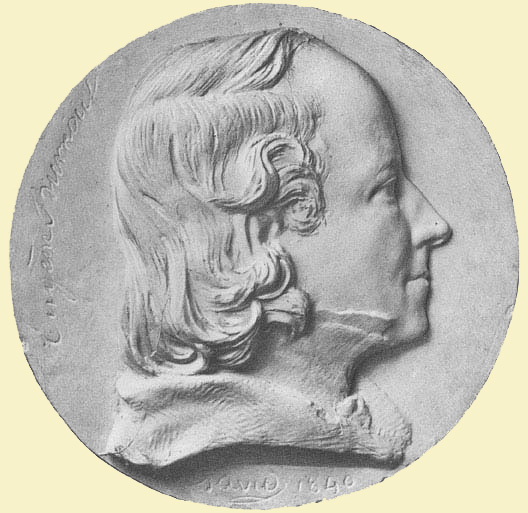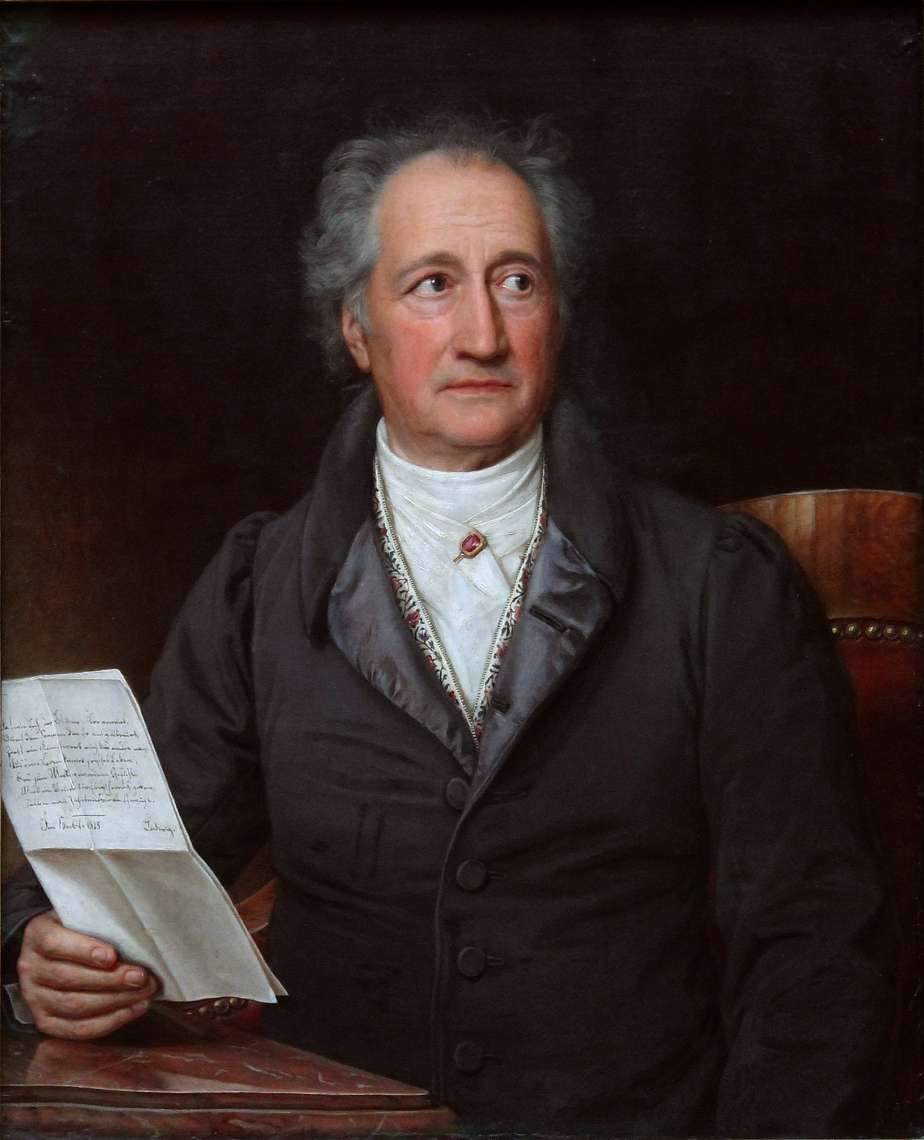It is all about going by your instinct. For me – to perceive, receive and respond articulately is a language…Raghu Rai speaks with Sukant Deepak
During the peak of the pandemic last year, while revisiting his archives, and going through his work of more than half a decade, he chanced upon numerous photographs of filmmaker Satyajit Ray who he had shot extensively in Kolkata.
For photographer Raghu Rai, it was a revelation of kinds, seeing the many unused pictures of Ray in different moods, shades and tones. It was also the great filmmaker’s centenary year.
When Rai showed these photographs to his writer and art curator friend Ina Puri, who was visiting, she said that it called for a book. And thus, was born the recently released book ‘Satyajit Ray’. Puri also wrote the book’s introduction.
“Also, many unused photographs that I took of Satyajit Ray in his house were underexposed and underdeveloped as well. But thanks to digital technology, as long as you have an image, it can be brought to life. It was an amazing experience — seeing the enigmatic Ray ’emerging’ in so many shades,” he tells.
Rai had met Ray in Delhi twice before he decided to shoot him in Calcutta, but he remembers his encounter with him during the National Awards ceremony, where the filmmaker was carrying several awards. “I asked him if he needed help carrying so many things. He laughed – ‘Well, not in this case.'”
Though Rai had could spend just two days with Ray in Calcutta, shooting him at a film set, he could manage enough material for more than one book. “Even today, I am an extremely hungry photographer. When I am shooting, taking a meal break is also a waste of time,” says the photographer.
Remembering the evening spent on the ghats of Ganga with him, Rai recalls, “He got ready in his usual attire. As we were on the location, an idol of Durga surfaced. Now it was not the pujo time. So you see, all you have to do is ask the universe for the extraordinary.”
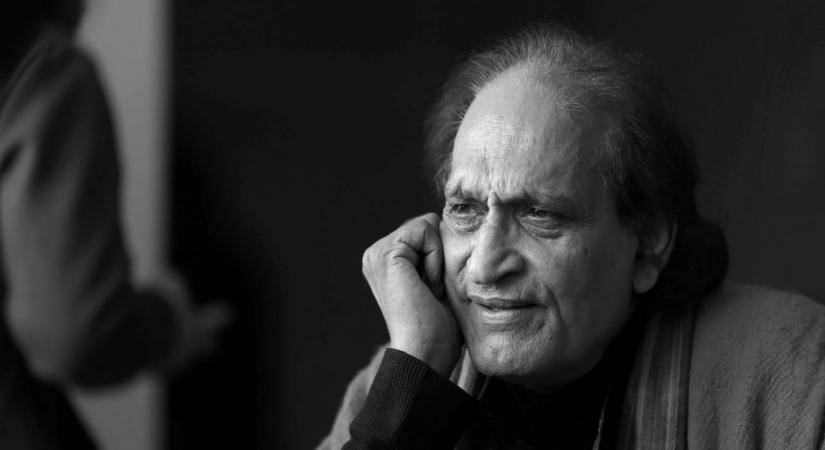
Rai, who has shot and produced books on Dalai Lama, Mother Teresa and major Indian classical musicians, among others, insists that one does not have to be gifted to produce remarkable pictures of such people. “How can I give myself credit when such personalities have an incredible persona and an aura that is almost divine..”
Talk to him about the ‘internal preparation’ before shooting great masters, and he laughs, “It is all about going by your instinct. For me – to perceive, receive and respond articulately is a language. Sometimes people look at some of my important works and ask me what I was thinking at the time of taking those pictures. I say I wasn’t thinking. I only feel and respond. Thinking is what politicians do. An artist can begin with an idea or a concept, but things evolve, the thinking goes away and the divine energy completes the process. So this is what is good about creativity. You wait for the energy to give you darshan.”
Rai feels that in contemporary times, “everybody has become a photographer” and digital technology, despite its advantages can also be very dangerous. “All you have to do is put the camera in auto-focus. Even mobile phone cameras have become sophisticated. It is not tough to take a beautiful photograph anymore… but where is the soul, the spirit in the picture?”
Rai, who still makes it a point to go on the ground and capture major events like the CAA protests and the farmers’ agitation stresses that it is important to be concerned and involved. “When Indira Gandhi lost and I captured an important photograph, some people asked me where my loyalties lay, after all, she gave me the Padma Shri. But then, I was given the award for my work during the 1971 war. My only dharma is to capture the truth.”
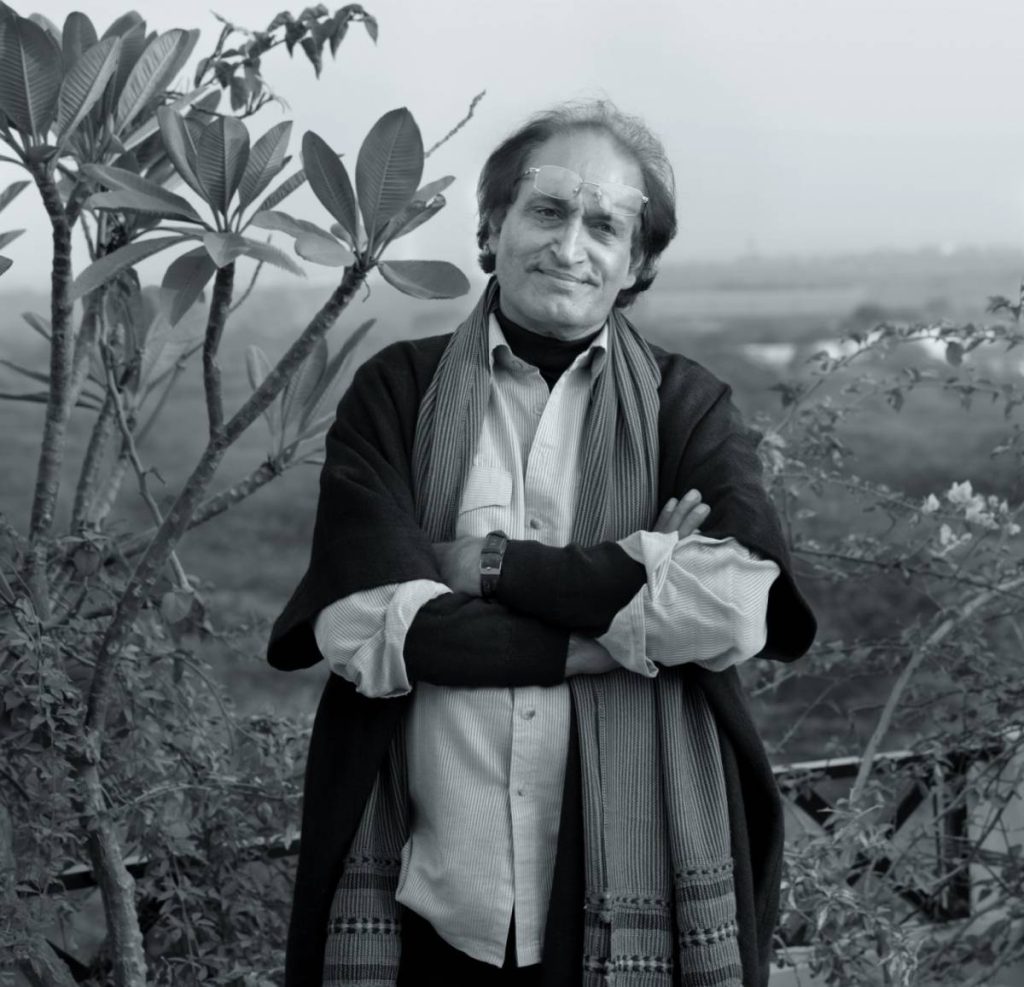
Currently working on a book on global warming, on which he also plans to hold an exhibition, Rai says, “I have worked on cyclones and floods. and so much more. Besides, my archives have thrown up material for more than 10 books.”
Ina Puri adds about the book ‘Satyajit Ray’, “For a writer, what could be more satisfying than chronicling Raghu Rai’s experience as he shot Ray, his favourite filmmaker. I feel privileged to be part of the project.”
ALSO READ-Jonathan Nolan to direct Amazon’s ‘Fallout’ series


